Threats to wetlands
Wetlands are one of the world’s most threatened habitats; the wildlife that call them home some of the most endangered.
How big is the problem?
With 40% of the world’s species reliant in some way on wetlands, the loss of these valuable places is forcing many species to the brink of extinction.
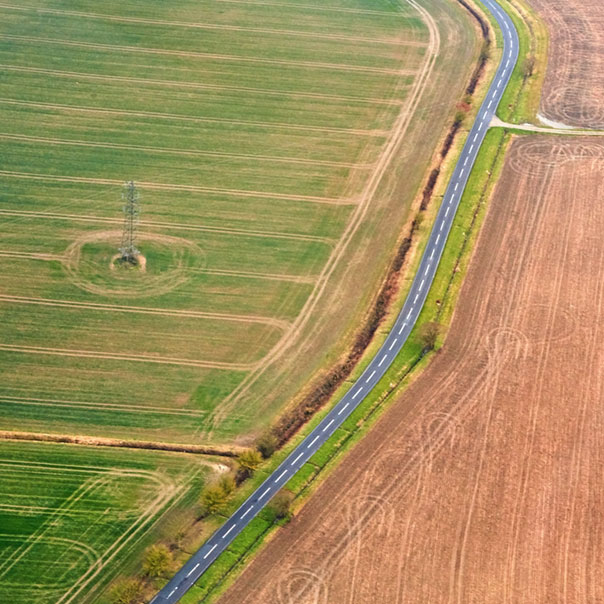
Over a third of the world’s wetlands have disappeared since 1970.
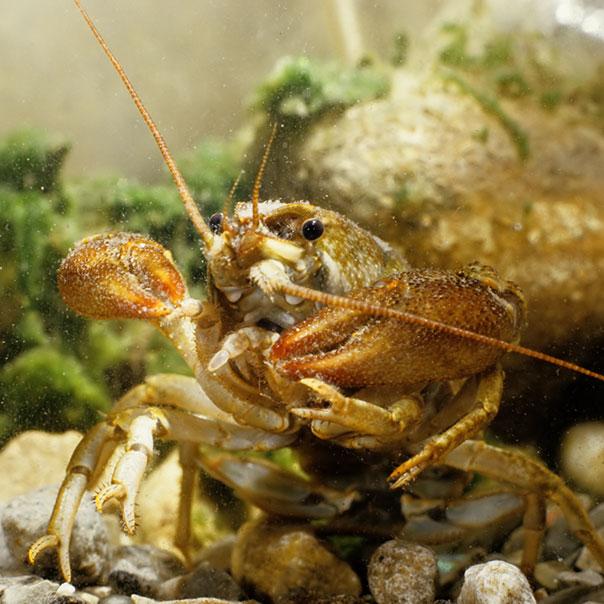
83% of freshwater species are in decline worldwide.
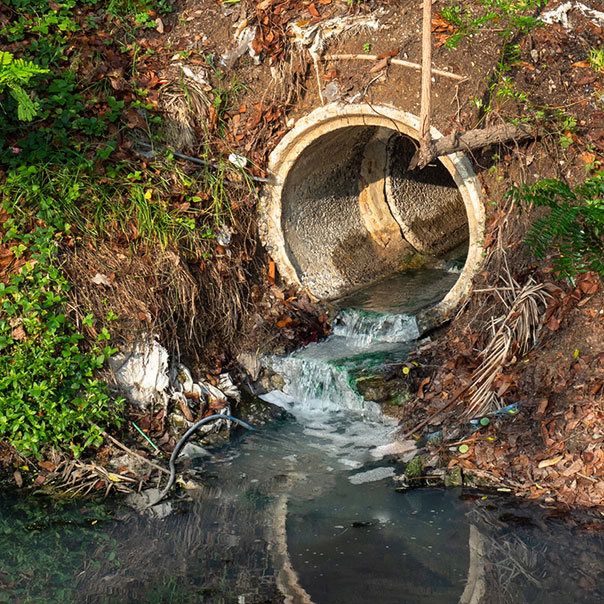
86% of rivers in the UK don't meet good ecological status.
The main threats to wetlands
Unsustainable development
Over the last 300 years, a staggering 87% of the world's wetlands have been lost. During this time, hundreds of thousands of hectares have been drained to provide land for housing, industry and agriculture.
In all the work we do to save endangered species at WWT, habitat loss remains one of the main reasons we see our wildlife disappearing, from the endangered curlew in the UK to the sarus cranes of Cambodia. Whether their habitats are destroyed for the development of homes, industry or agriculture the outcome is all the same.
More on unsustainable development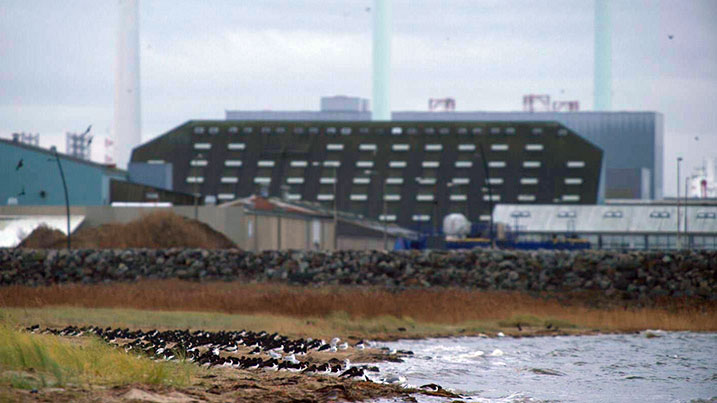
Pollution
80% of our global wastewater is released into wetlands untreated. Pollution from factories, fertilisers, pesticides or from major spills, all pose serious threats to wetlands.
As well as being threatened by pollution, wetlands also have an important role in addressing it. They can act as natural filters, helping to remove pollutants from the water. In fact they have the potential to remove up to 60% of metals, trap and retain up to 90% of sediment runoff and eliminate up to 90% of nitrogen.
More on pollution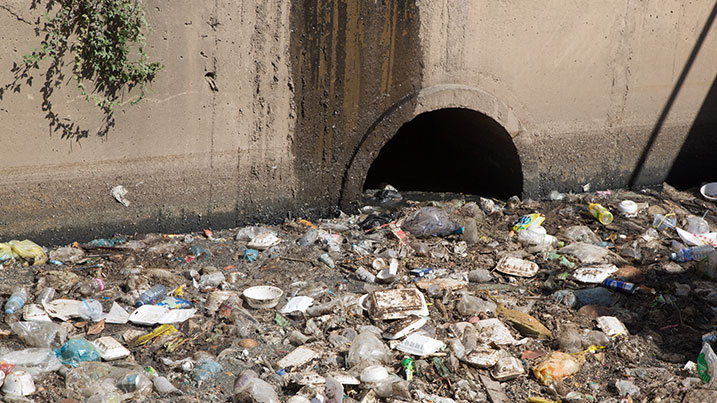
Invasive species
While most foreign species aren’t harmful to native species, some can be extremely damaging. These are termed as invasive non-native species, or INNS. INNS cause native biodiversity to fall by spreading disease or outcompeting native species for food or space.
The introduction of invasive species like the common water hyacinth and animals like the killer shrimp have had a devastating impact on wetlands. Wetland wildlife is particularly vulnerable to INNS because water provides easy pathways for them to spread and grow.
More on invasive species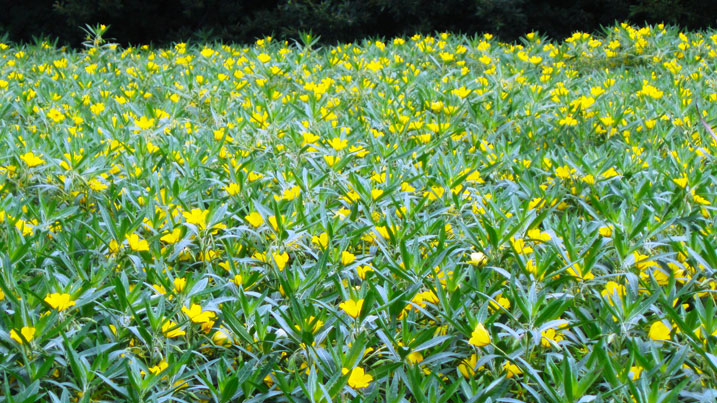
Climate change
The relationship between wetlands and climate change is complex. Changes in rainfall and temperature pose a significant threat to wetlands, causing them to dry out. This is just one of the reasons that wetland species like amphibians, migratory birds and corals are among the first and hardest hit by climate change.
However, wetlands could also be part of the solution to climate change. Like forests, they can act as vast 'carbon sinks', drawing down carbon and sequestering it so it can't escape back into our atmosphere. Conversely, when wetlands are destroyed or developed on, they can release carbon and other greenhouse gases back into the atmosphere.
More on climate change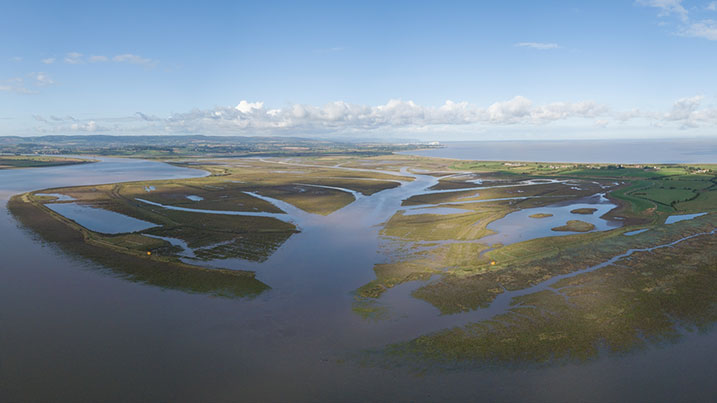
How we're helping save wetlands
WWT are pioneers in wetland conservation. We use ground breaking science to bring species back from the brink of extinction and to restore, protect and create wetlands around the world.
Our work